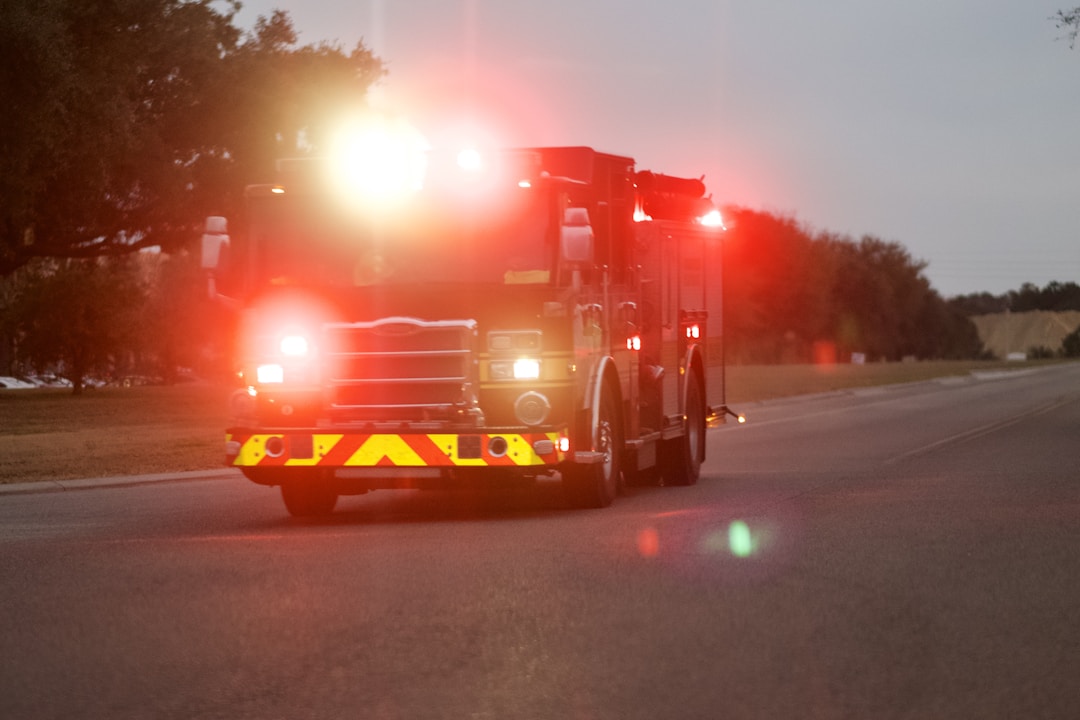Restoring a business after a fire can be a daunting task filled with many uncertainties. Where do you even start? What are the right steps to take, and how can you ensure a complete and efficient recovery? Moreover, how can you look beyond the present scenario and plan a future that safeguards you from similar occurrences? In this article, we will walk you through comprehensive strategies to restore your business from the ashes of a devastating fire incident.
Prompt Initial Response

Fires are destructive and can cause extensive damage to your property, disrupting your normal business operations. However, quick and coordinated actions can minimize potential losses. It is essential to report the incident to your insurance company promptly for the claim process to commence. Furthermore, an immediate physical appraisal of the damage will provide guidance in determining the scope and extent of repair and restoration work required.
This phase can be draining, and professional help is often needed. Hiring commercial restoration services can be incredibly beneficial for businesses. These professionals will handle everything from smoke and soot removal to rebuilding and restoring your physical infrastructure, ensuring minimal downtime and business interruption.
As an affected business owner, you should also keep diligent records of damages and the restoration process. This information is crucial in supporting insurance claims, establishing tax deductions for losses, and serving as a reference for future disaster preparedness plans. Ultimately, a rapid initial response helps in mitigating further losses and kick-starting recovery efforts.
Addressing Financial Implications
Fire incidents can significantly strain a business’s financial capacity with the immediate need for restoration coupled with the loss of income due to business disruption. Solving these financial challenges requires a well-thought-out strategy that involves various financing options and pursuing insurance claims.
One practical approach to inject needed funds for restoration efforts is through business loans. Lenders provide various loan products suited for such unexpected events, offering flexibility in terms and repayment schedules. When traditional loan products seem out of reach, businesses can explore government-sponsored disaster loans. These loans tend to have lower interest rates and longer-term periods, making them suitable for businesses in distress.
Moreover, during this period, businesses must stay on top of their insurance claims. This involves constant liaison with the insurance adjuster, providing necessary documentation, and understanding the specific coverage of their insurance policy. By strategically addressing the financial implications, businesses can navigate through the economic challenges related to fire damage and expeditiously progress in their recovery.
Returning to Normal Operations

Finally, after a grueling recovery phase, businesses will need to focus on returning to normal operations. This involves examining the final repair and restoration work, ensuring it meets the required safety standards and is conducive to your business operation. Additionally, businesses should organize a return-to-work orientation for their staff. This initiative helps to acclimatize staff to the reconstructed work environment and provide guidance on safety protocols.
At this point, having fully resumed operations, the focus should be on attracting customers back to the business. Special deals, grand reopening events, or marketing campaigns can help to regain customer trust and excitement in your restored business. Additionally, part of returning to operation should evaluate lessons learned during the recovery process and develop a disaster preparedness plan to mitigate future risks more effectively.
Although the journey to normality post-fire can be tough, it’s possible to successfully navigate through with proper planning, resilience, and professional assistance. The return to operation marks not just the end of a difficult period, but also a fresh start, propelled by new insights and strategic foresight.
Altogether, recovery from a fire incident is a rigorous process that involves an initial prompt response, addressing financial implications, and finally returning to normal operations. Each stage requires strategic actions, resilience, and the right professional help. Businesses can rise from the ashes stronger and better prepared for potential future incidents when these phases are adequately managed.




